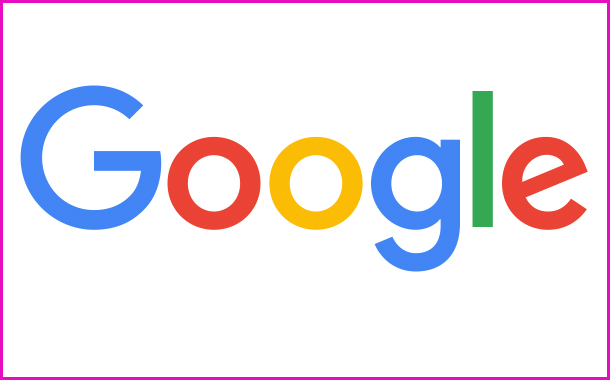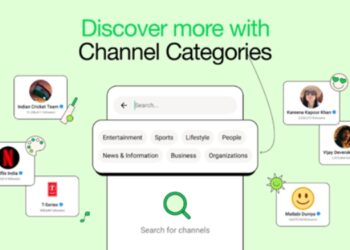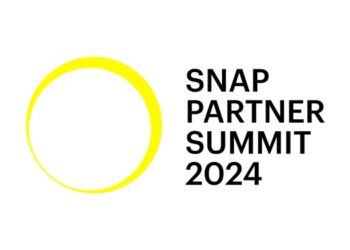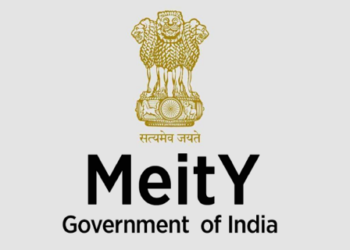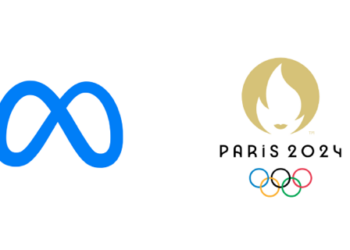Google has consolidated its entire advertising portfolio into three brands – namely Google Ads, Google Marketing Platform, and Google Ad Manager.
Google Adwords will become Google Ads, representing the full range of Google’s advertising capabilities across its various properties such as Google.com, its search function, YouTube, Google Maps and Google Play. Google Ads will also introduce a new campaign type to increase the ease of online advertising by bringing the machine learning technology of Google Ads to small businesses. Called smart campaigns, the feature, targeted at smaller sized businesses, is an opportunity to reimagine an advertising solution for small businesses looking to get started. It will also become the default experience for start-ups.
The Google Marketing Platform is the result of a merger of the company’s DoubleClick and Google Analytics 360 Suite offerings, and aims to help clients better plan, buy, measure and optimise digital media and customer experiences in one place. The move follows feedback from marketers on benefits of using ads and analytics technology together to foster a better understanding of customers, and better business results. Display & Video 360 will also be part of this portfolio, which brings together features from DoubleClick Bid Manager, Campaign Manager, Studio and Audience Center. This is to allow creative, agency, and media teams to collaborate and execute ad campaigns end-to-end in a single place. Another is Search Ads 360, which is the new name for DoubleClick Search. The feature will continue to help marketers buy search ads at scale.
Meanwhile, the Google Ad Manager is the result of a consolidation of DoubleClick for Publishers and the DoubleClick Ad Exchange. The unified programmatic platform looks to enable partners to earn more money and more efficiently.
Dan Taylor, MD – platforms Google, said that the decision to revamp the offering into three integrated offering was not related to current issues being faced in the climate such as brand safety and challenges associated with programmatic advertising.

“The decision to evolve the names was not related to exogenous factors, as we have been actively working to evolve the brands,” Taylor added. Instead, the move follows an increasing call from advertisers to better integrate the products it offers, as the current platform was “not as intuitive or suggestive in the UI”.
“A high number of customers were linking their own accounts across the different offerings on their own, and a big part of the client feedback was how we could make this easier and connect the dots on this single commercial offering,” Taylor said. That being said, agencies and marketers still have the option to buy specific features and offerings and do not have to pay for the entire integrated platform, he added.
The new brands are being touted as means to help advertisers and publishers of all sizes choose the right solutions for their businesses, making it even easier for them to deliver valuable, trustworthy ads and the right experiences for consumers across devices and channels.

